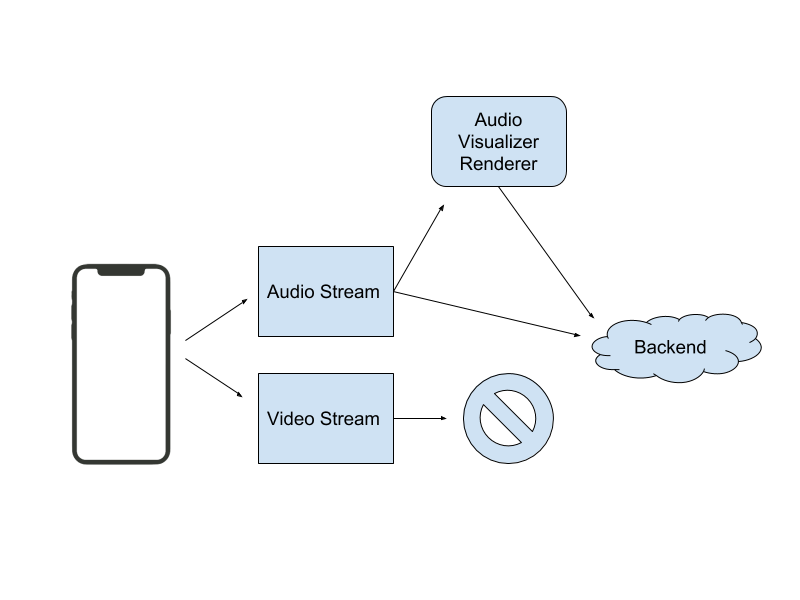Audio-Only Live-Streaming Is Now Available on Twitter and Periscope
Twitter took a big step towards making The Twitter and Periscope platforms more enjoyable, integrated, and entertaining for all users around the world.
A few hours ago, Twitter announced in an official tweet that they are launching audio-only live streams to The Twitter and Periscope platforms, in order to help the users who want to go live in the Audio mood only, without appearing on camera when they talk to their friends or their followers.
Twitter also refers to that they will roll out the new audio-only broadcasting feature first on iOS, then it will be available on Android, in the upcoming times.
https://twitter.com/Twitter/status/1038102709390503938
The Periscope’s engineer, Richard Plom, commented on the latest update on the Periscope official blog. He says that they developed Broadcasting with audio only in Periscope and Twitter after receiving too many requests from their uses globally that encourage them to roll out this ability, in order to still broadcast and interact with their friends and followers via Periscope’s powerful chatroom feature.
He also expressed that; “Initially we thought the project might be too big in scope for #HackWeek, but after some research and focusing on the core of the problem we realized we could get it done in three days.”
In the same context, it’s clearly noted that the main goal for audio-only live streams is to provide users with an effective feature, way or tool enabling them to broadcast without having to show themselves or their surroundings. And, this feature is not engineering support for another media format, as confirmed by Periscope.
How the audio-only broadcasting will work on iOS?!
The new feature “audio-only live streams” is based technically on the iPhone’s features and options to work in a correct way. As reported by the Twitter’s engineering staff, its process takes many steps, which are:
- The iPhone microphone produces the audio stream and the Twitter’s engineering staff continue to use that as-is.
- The camera produces a video stream which they immediately discard, and instead, they create dynamic video animations informed by the audio data that they render on the iPhone in real-time.
- The audio stream is sent to the audio visualizer renderer which takes the raw audio bits and generates the waveform and volume levels indicator.
- This new stream is sent to the backend instead of the one from the camera.



